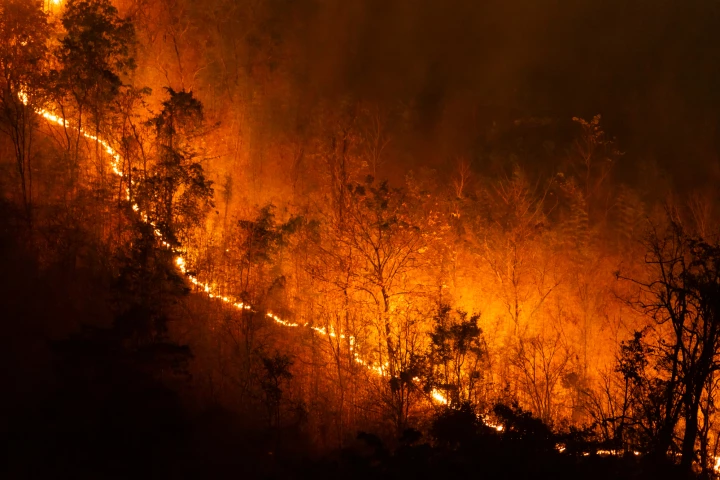Copernicus
-
Earth saw its hottest day on record this week – twice. According to the Copernicus Climate Change Service data, Sunday claimed the top spot for highest global average temperature since the records began in 1940, only to be broken again on Monday.
-
Independent analyses by NASA, NOAA, WMO, Copernicus and the UK Met Office have all confirmed that 2023 was officially the hottest year on record. A slew of other records were also broken amidst a string of severe weather events across the globe.
-
It’s not just you – it has been hot lately. According to preliminary reports of global average temperatures, last week was the hottest week on record, with the record for hottest day broken several times in a row.
-
The environmental impacts of iceberg A-68 are still being assessed. A new study has calculated that the largest chunk, A-68A, released billions of tonnes of freshwater into the sea near a marine nature reserve, with untold effects on the ecosystem.
-
This is the second part of our overview of the 2021 auction year – a year where investors channeled more of their wealth into “investments of passion” than ever before. It covers the 150 science, sci-fi and technology artifacts that sold for more than $100,000
-
A previously unknown first edition copy of Nicolas Copernicus’ landmark scientific text, De revolutionibus orbium coelestium (On the Revolutions of the Celestial Spheres), has sold at auction for £277,200 ($391,767).
-
Comprehensive climate data has shown that globally, 2020 was the warmest year on record, tied with 2016. Worryingly, 2020’s record came in spite of a La Niña event, which has a cooling effect, while 2016’s record came off the back of a warming El Niño.
-
On 12 July 2017, one of the biggest icebergs ever seen broke off from the Antarctic mainland. Now on the third anniversary of the event, satellite data has shown that the berg has traveled over 1,000 km (620 mi) and managed to stay relatively intact
-
Although a hole in the ozone layer might sound like a retro environmental issue, it’s still a problem today. While it's usually over Antarctica, scientists have now spotted the biggest ozone layer hole in at least 25 years forming over the Arctic.
-
Data collected by ESA satellites has revealed a near fourfold increase in the number of fires devastating the Amazon rain forest.
-
The month of July, 2019 will be a bumper one for the number of landmark scientific artifacts heading for auction. Three Christie's auctions and a Sotheby's auction have a stellar array of landmark scientific items, some of them estimated to sell for quite affordable amounts.
-
Bonhams annual History of Science and Technology sale is a regular feature on the auction calendar and this year it will be held on December 7 with another treasure trove of significant artifacts of humanity's scientific heritage.
Load More










